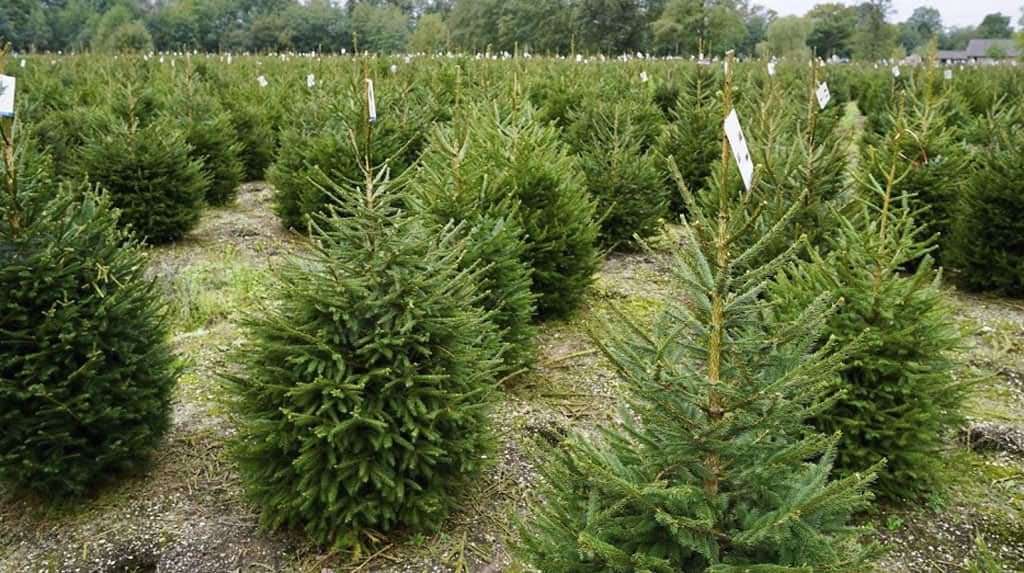Best practice for PGR application
Using cultural methods
Before considering a chemical treatment, cultural methods can assist with controlling growth of our crops just as much as it does to protecting them from pests and diseases. Most growers are open to the principle, but everyone is having to meet ever tighter plant specifications and marketing schedules.
Despite all the advances in crop nutrition and environmental control, weather still has the biggest influence on crop growth and development. So, in most seasons, manipulating irrigation, nutrition, temperature and light to manage growth is, on its own, rarely responsive or controllable enough. It’s only by carefully integrating plant growth regulators into your production regime that you can achieve the speed or precision of control you need – for example, to schedule a crop or hold back a batch as a result of changes in demand or unseasonal weather.

Growth regulators most commonly act by inhibiting the natural plant hormone gibberellin but because the different active ingredients each work on a slightly different aspect of gibberellin synthesis or activity, they differ subtly in their effects.
Paclobutrazol, the active ingredient in Bonzi, inhibits a key step in the plant’s gibberellin production. An application causes cells in the stems and leaves to divide and expand more slowly which in turn reduces stem growth and leaf expansion – but without affecting branching, leaf number or root growth. There are also helpful improvements in leaf colour, and bract colour in red poinsettia varieties.
Bonzi is particularly useful for holding back crops close to being ready for the market – and a light ‘toning’ application just before despatch will help to harden quickly-grown plants in spring, making them better able to tolerate the ‘less than nursery-perfect’ conditions in the supply chain. That’s because a side-effect of it inhibiting giberellin is that the plant produces more abscisic acid, a hormone that closes the stomata and so helps cut water loss from the leaves.
Bonzi is not only highly effective, it has also proved over the years to be very crop-safe and that makes it easy to use. It’s been around for about 30 years now so there’s plenty of industry experience and a lot of confidence about how to get the best from it. Even so, as with any crop treatment, it’s always best to run a small batch trial first if you’re growing a new variety or want to achieve a specific effect you’ve not looked at before.
The aim should be to maximise the effectiveness of applications
Small, frequent applications of plant growth regulators are often the best way to fine-tune crop growth according to conditions. Bonzi’s label, for example, allows a range of rates and spray intervals depending on the crop and the effect you need.
The general advice for most foliar-applied growth regulators, whether Bonzi or others such as B-nine (daminozide) or Stabilan 750 (chlormequat), is to treat well-established, well-watered and unstressed plants when the leaves are dry and light conditions are not too bright – using shade screens if necessary or spraying late afternoon or early evening to allow the leaves to absorb the the active overnight. However, one of the advantages of Bonzi is that it’s quickly absorbed so timings can be more flexible.
It’s also important to take into account what other treatments the crop has received. Applications of certain triazole fungicides, for instance, can retard growth as a side-effect.
As with spraying pest and disease control products, you need to apply enough for good even coverage. Too low a water volume may give uneven results but run-off should be avoided, not just because it’s wasteful but because some plant growth regulators can be taken up by the roots, or persist in growing media or on capillary matting.
Differences in volumes can also impact on the effect: a light mist of Bonzi is enough for that ‘toning’ application before marketing, for instance, while a heavier spray would give more growth control.